Our story
Dive into the rich history of University of Waikato, from its founding to its longstanding ties with Kīngitanga and Waikato-Tainui.
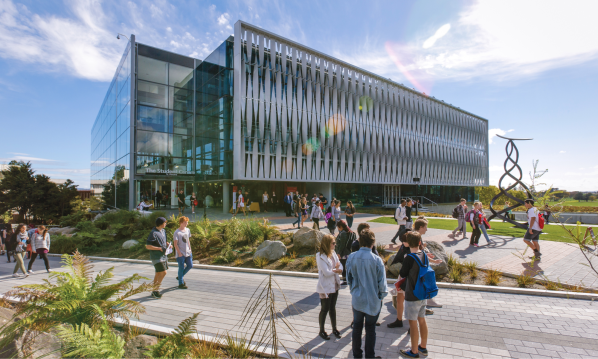
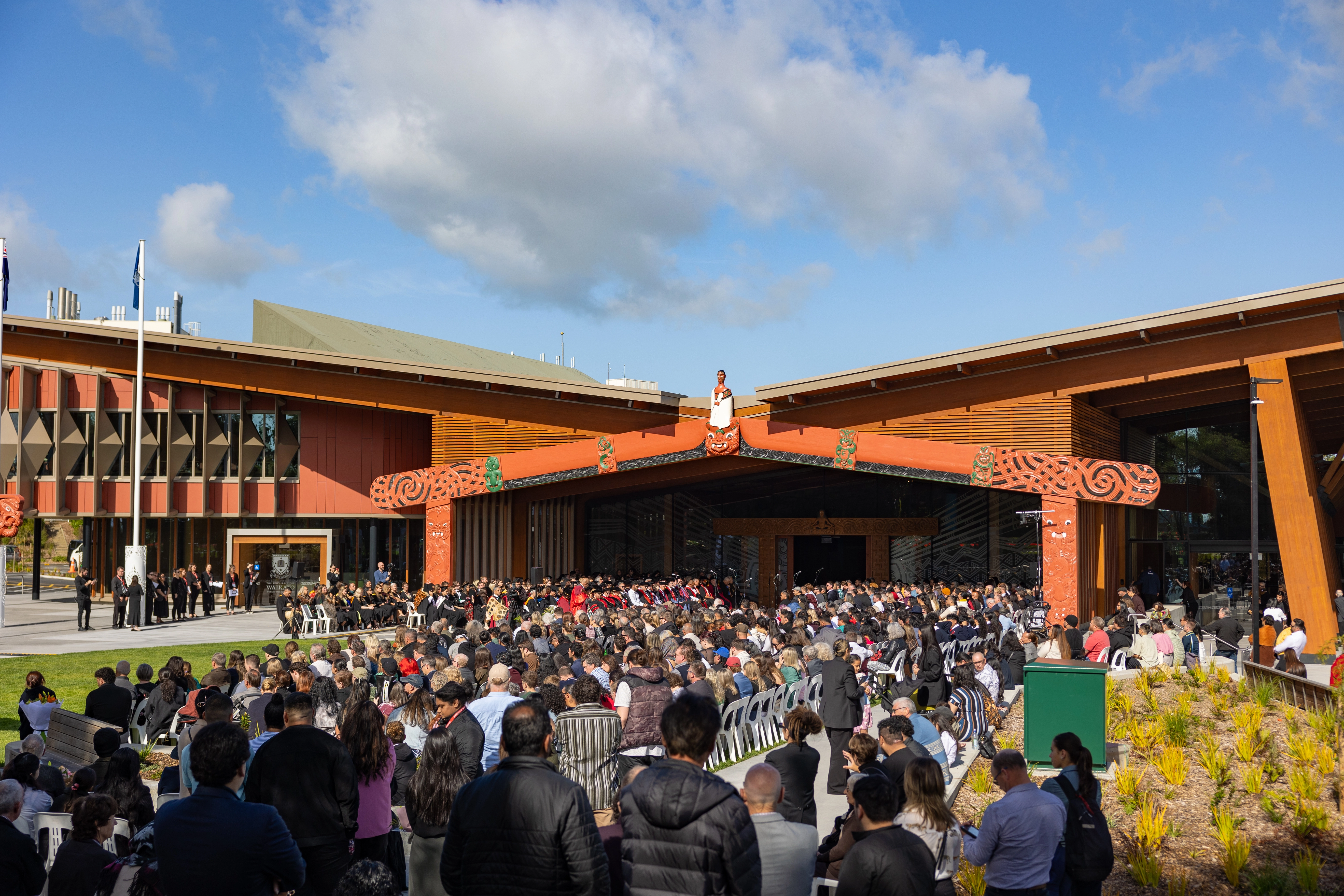
The History of the University of Waikato
Learn about the rich history of the University of Waikato, our students, past Vice-Chancellors, campus development and longstanding relationship to the Kīngitanga and Waikato-Tainui.
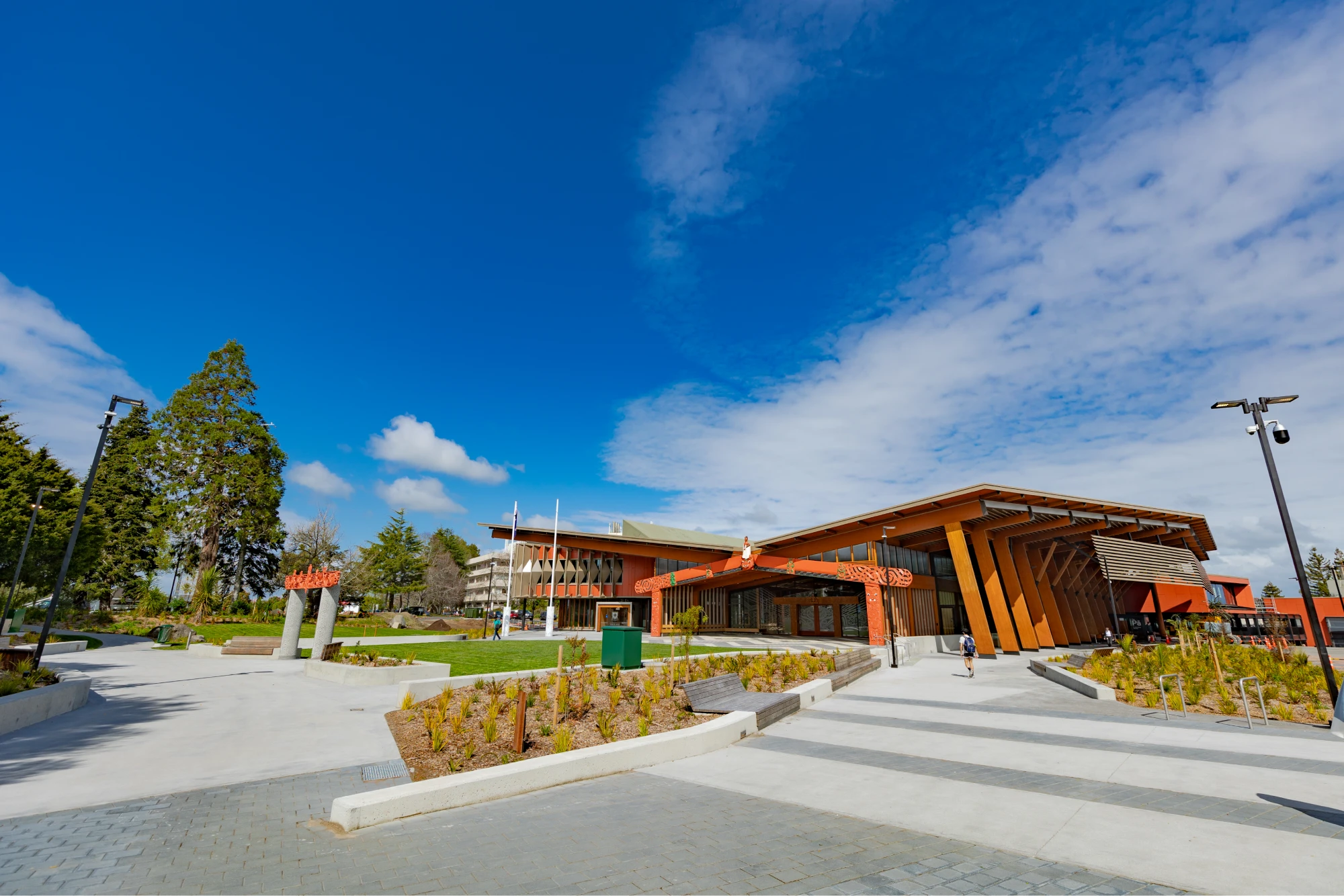
60th Anniversary of the University of Waikato
This year marks 60 years since a pioneering group of regional and national leaders seized the opportunity to build a uniquely New Zealand model of university education in Hamilton city.
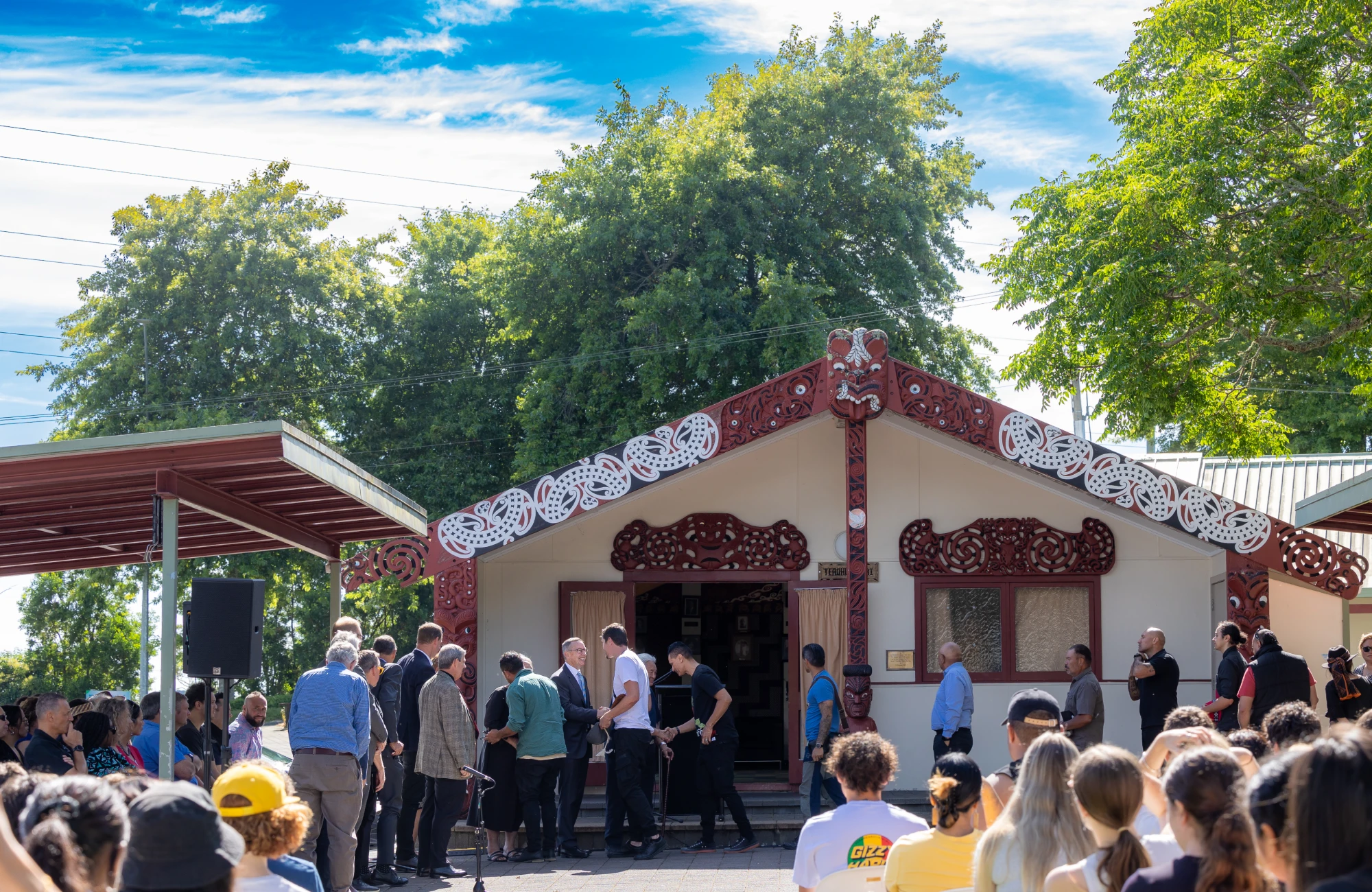
Te Kohinga Mārama Marae
The story of Te Kohinga Mārama Marae – for students and staff of the University of Waikato.
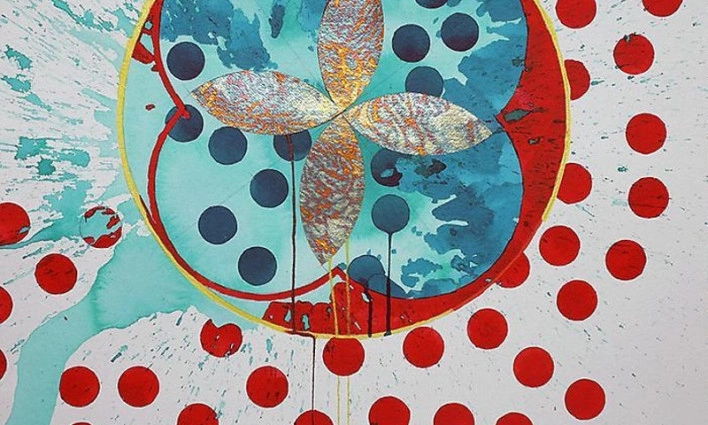
University Art Collection
The University of Waikato holds a nationally significant art collection which has been developed to enhance the cultural environment of the University.
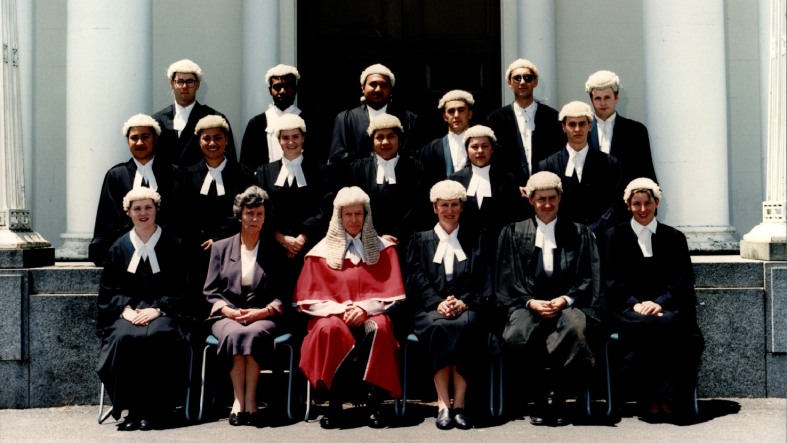
Te Piringa Faculty of Law 30th Anniversary
2021 marked 30 years since Te Piringa Faculty of Law first opened its doors in 1991. In that time nearly 4000 students graduated, learnt from and collaborated with exceptional staff, undertaken world-leading legal research, and developed rich networks.
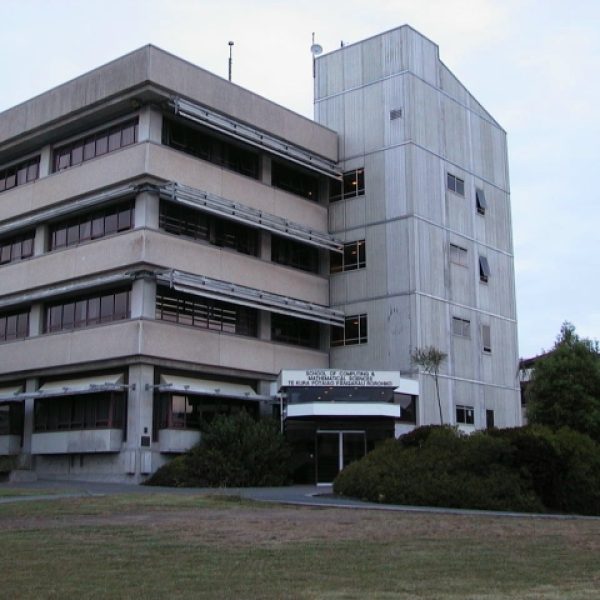
50 years of Computing and Mathematical Sciences
The Department of Computer Science at the University of Waikato was founded in 1973. In 2023 we celebrated our students, alumni, research, software and more.
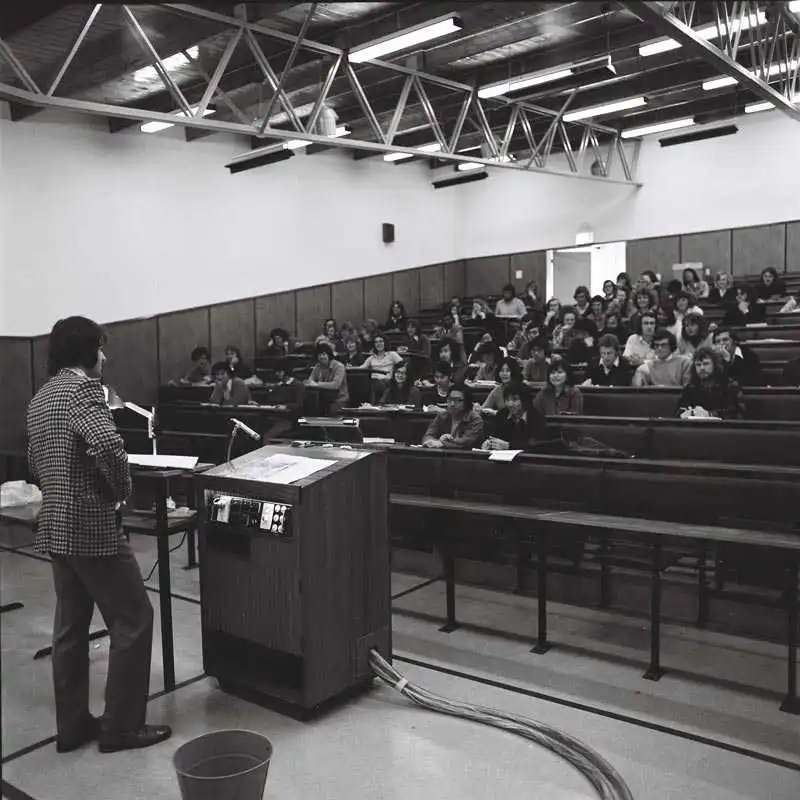
Waikato Management School 50th Anniversary
Celebrate 50 years of excellence at Waikato Management School. Explore our rich history, impactful alumni, and innovative research.
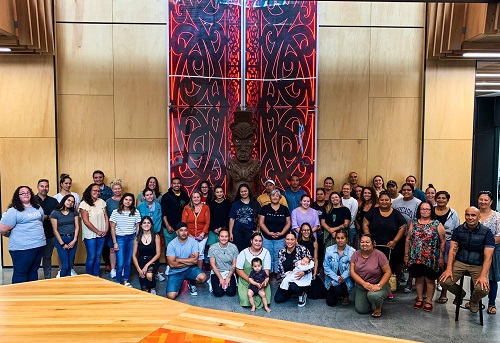
Tauranga campus
Learn more about our Tauranga campus in one of Aotearoa New Zealand's most sought-after locations - combining beautiful beaches, a relaxed lifestyle and world-class university study.
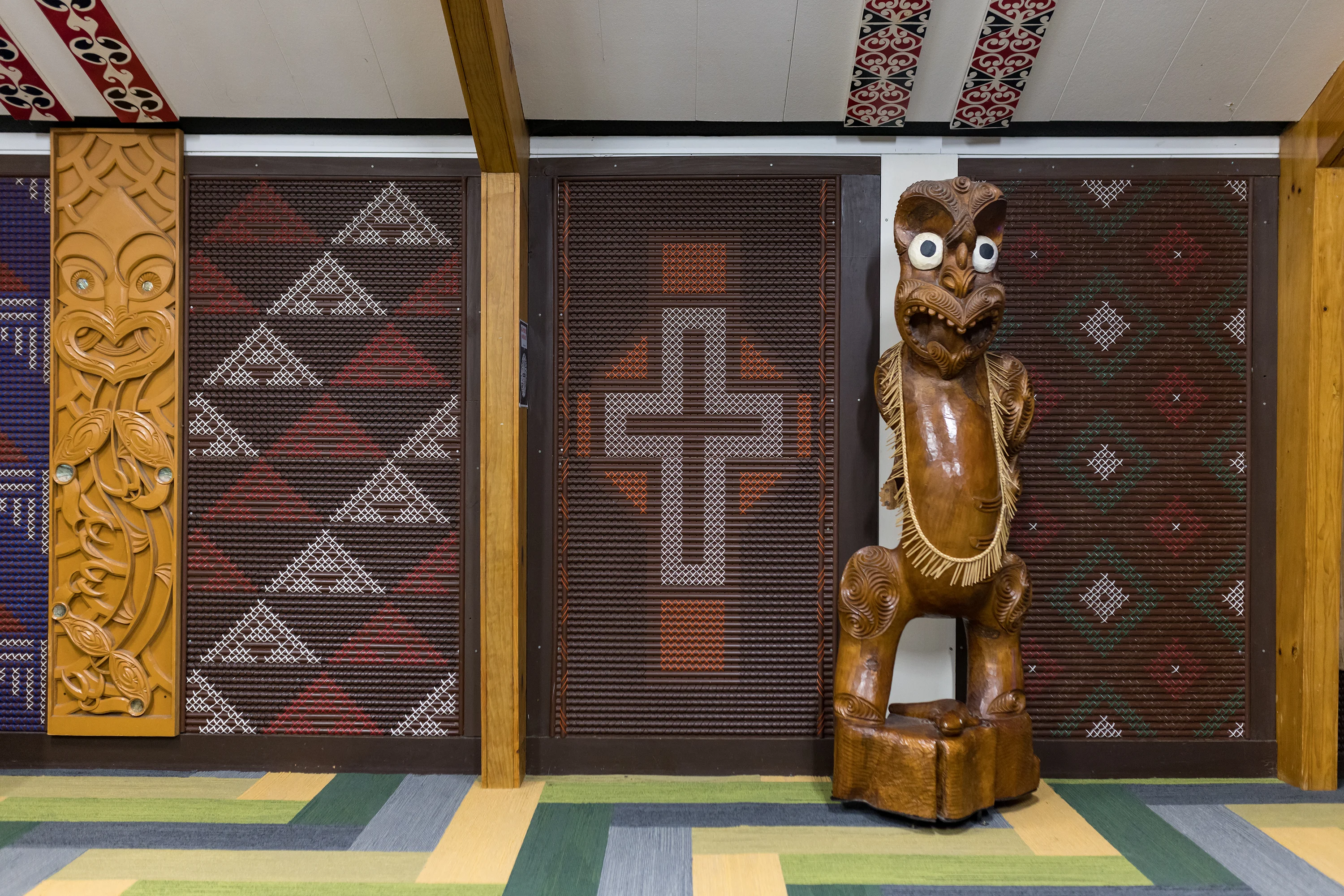
Māori Brand Pattern
Discover the vibrant cultural tapestry adorning the University of Waikato's website. Inspiration was drawn from tukutuku panels in Te Ao Hurihuri, including the Pātikitiki and Mumu panels, and the well-recognised Niho Taniwha pattern.
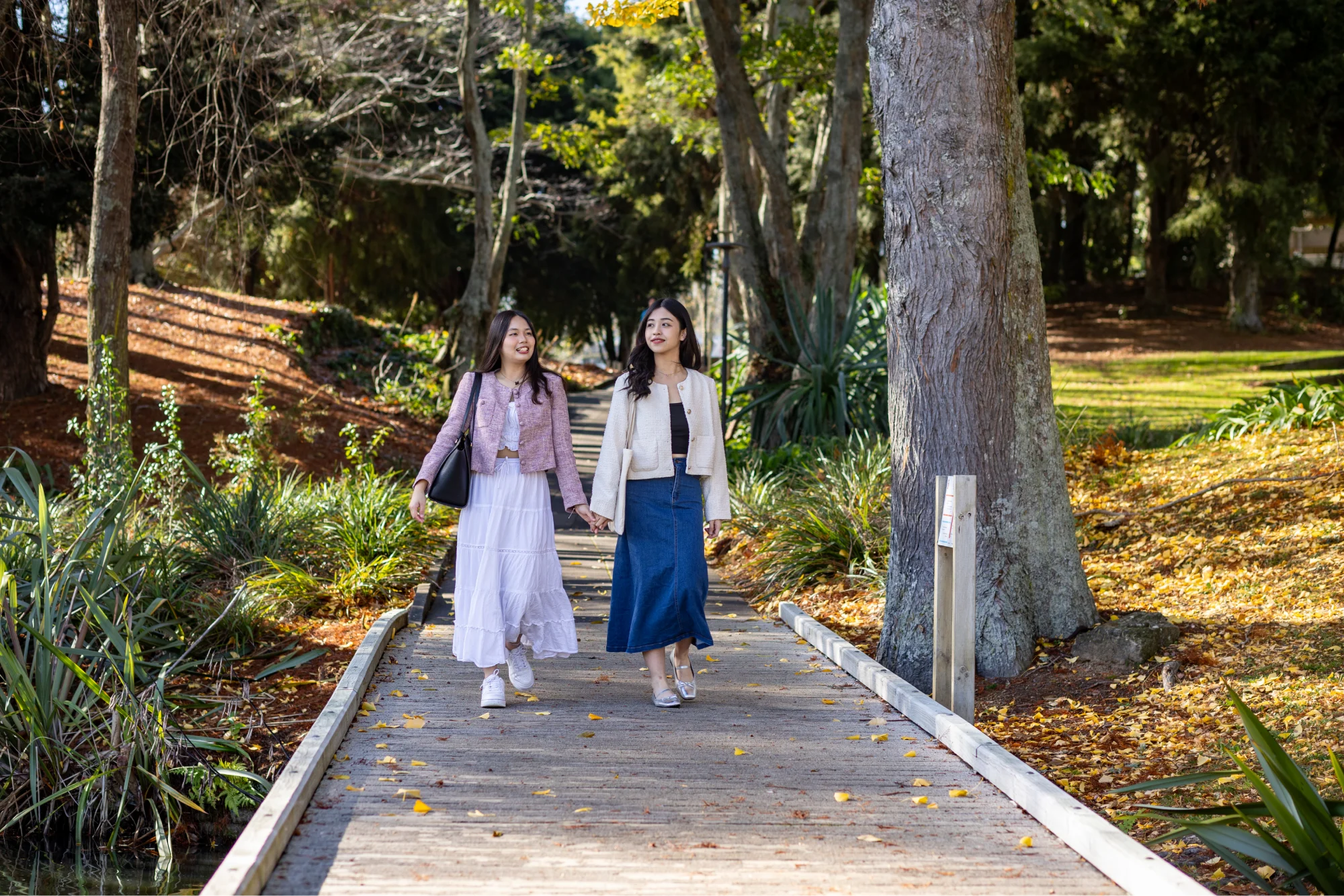
University of Waikato Foundation - Te Pou Taunaki
The University of Waikato Foundation - Te Pou Taunaki is an independent charitable trust. By donating you are making a huge impact on the lives of the students who benefit from your generosity.